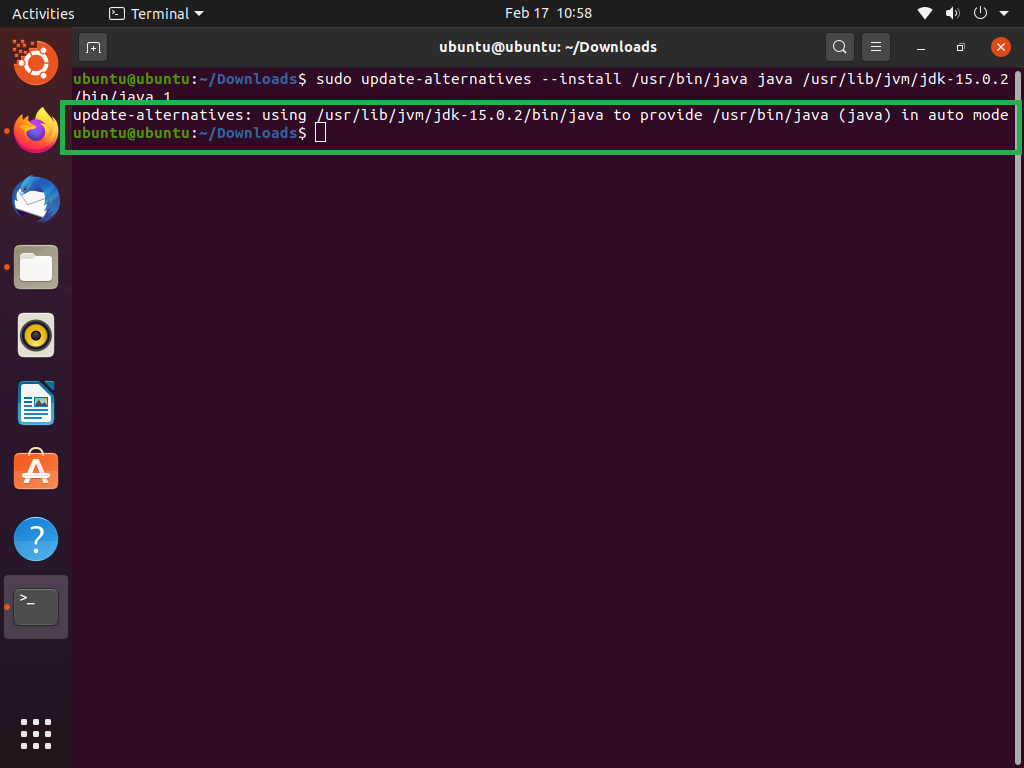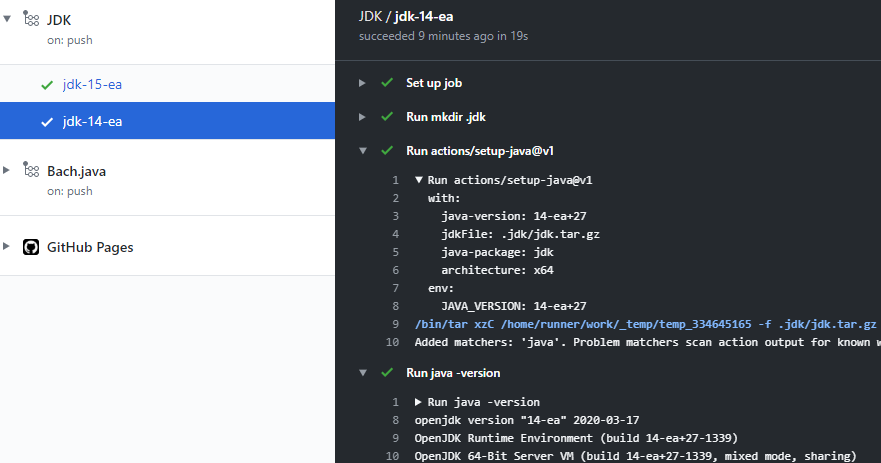

Modern IDEs give us a hand here by showing the left margin of the text block (IntelliJ by a green line):
Jdk 15 text blocks code#
ORDER BY lastName, firstName Code language: plaintext ( plaintext ) ORDER BY lastName, firstName" "" Code language: Java ( java )Īll three strings have the following content – regardless of the indentation in the source code: SELECT id, firstName, lastName The following three notations all lead to the same result: String sql1 = "" " The text block starts at the character furthest to the left (in the first example above, at the "O" of "ORDER BY" and in the second example, at the angle brackets in the first and last line). One of the first questions developers ask themselves is: How Far Must the Text Block Be Indented?


The starting quotes must be followed by a line break (which does not become part of the string).The text block starts and ends with three quotation marks each. Starting with Java 15, we can notate multiline strings as "text blocks": String sql = "" " That was not too bad (because the compiler made a single string out of it again), but it was not pleasant either. And to split the string into several lines in a somewhat readable way, we had to divide it and concatenate it again with +. We had to replace line breaks and quotes with escape sequences ( \n and \"). Which escape sequences can or must we use in a text block?īefore Java 15, when we wanted to define a multi-line string in Java, it usually looked like this: String sql =.Recommended further reading: Text Blocks by Brian Goetz.Īs always you can find all the provided examples on GitHub.In Java 15, text blocks (multiline strings) were introduced under Project Amber, whose goal is to develop and introduce new language features. They can greatly improve the readability of embedded strings like JSON, XML or SQL by supporting multiple lines a removing the need for double quote escaping. Text blocks are a nice addition to the Java programming language. In case we need to write triple-quotes into a text block, only the first quote need to be escaped: With the new \ escape sequence we can split the content of a single line into multiple lines without creating an actual line terminator. So it looks like this:Īlternatively we can remove 4 leading spaces from the closing triple-quotes to produce the same result: This adds 4 additional leading spaces to our JSON snippet. In case we explicitly need leading white spaces we can use the indent() method: Note that two new escape sequences have been added: \s for an explicit space and \ as continuation indicator (more on \ later). Text blocks can contain the same escape sequences as standard strings (e.g. Incidental leading white spaces are determined by finding the common number of leading white spaces for all lines. Incidental leading white spaces and all trailing white spaces are removed.
Jdk 15 text blocks windows#
This avoids problems between different platforms (like windows and unix). Line terminators are normalized to the LF character.That's because a text block is processed in three steps: If we print this string to the console we see:Īs you might have been noticed, the indentation on the left side has been stripped away. After opening a text block, the rest of the line needs to stay empty. Text blocks are opened (and closed) using triple-quotes ( """). Using the new text blocks feature, we can rewrite our code to this: For example, a simple snippet of JSON with just two keys is barely readable in Java because of required escaping:

MotivationĮmbedding formats like XML, JSON or SQL in standard Java Strings can become quite annoying. A Text Block is a String literal that spans over multiple lines and avoids the need for most escape sequences. It is planned to become a permanent feature in JDK 15. Text Blocks are a JDK Enhancement Proposal ( JEP 355) available as preview language feature in JDK 13 and 14.


 0 kommentar(er)
0 kommentar(er)
